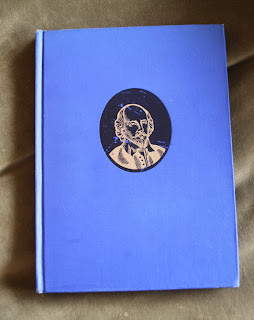Miss Jaster's Garden
N.M Bodecker
1972
Miss Jaster has a beautiful garden and house and the most adorable hedgehog who visits her.
"On these occasions, Miss Jaster would go back into the house for a saucer of milk, which she placed at what she hoped was the right end of the hedgehog. But hedgehogs being the shape they are, and Miss Jaster being a little nearsighted, as often as not she put the saucer where the hedgehog's head wasn't. And Hedgie- so as not to cause distress- politely dipped his tail in the milk and pretended to drink. Later, when Miss Jaster went into the house and lit the lamp on the piano, he drank the milk properly."
Through a series of mishaps, Hedgie ends up sprouting flowers and can't help but frolic with abandon. Unfortunately Miss Jaster's poor eyesight has her thinking she sees a flower thief and even the local constable gets involved. Things are set right in the end and you can't help but giggle at Bodecker's adorable illustrations.
I love this sweet part that perfectly captures how Spring can make one feel:
But Hedgie wasn't really thinking of the hum and flutter around him. Something inside him was bursting to get out: the special something that makes birds sing, and poets rhyme, and puppy dogs chase their tails.


































































